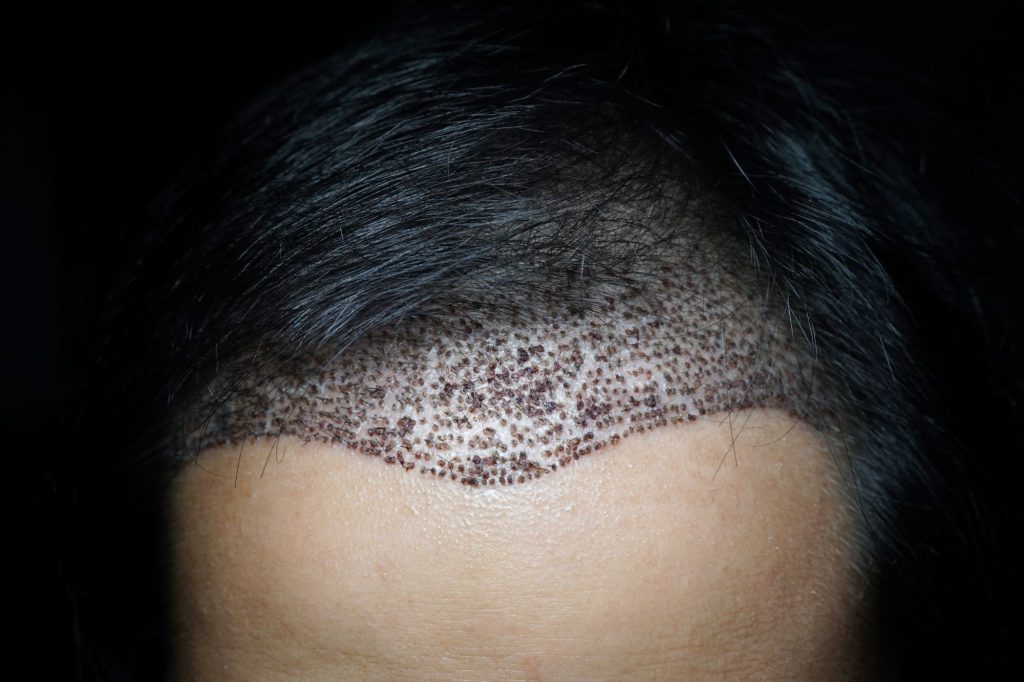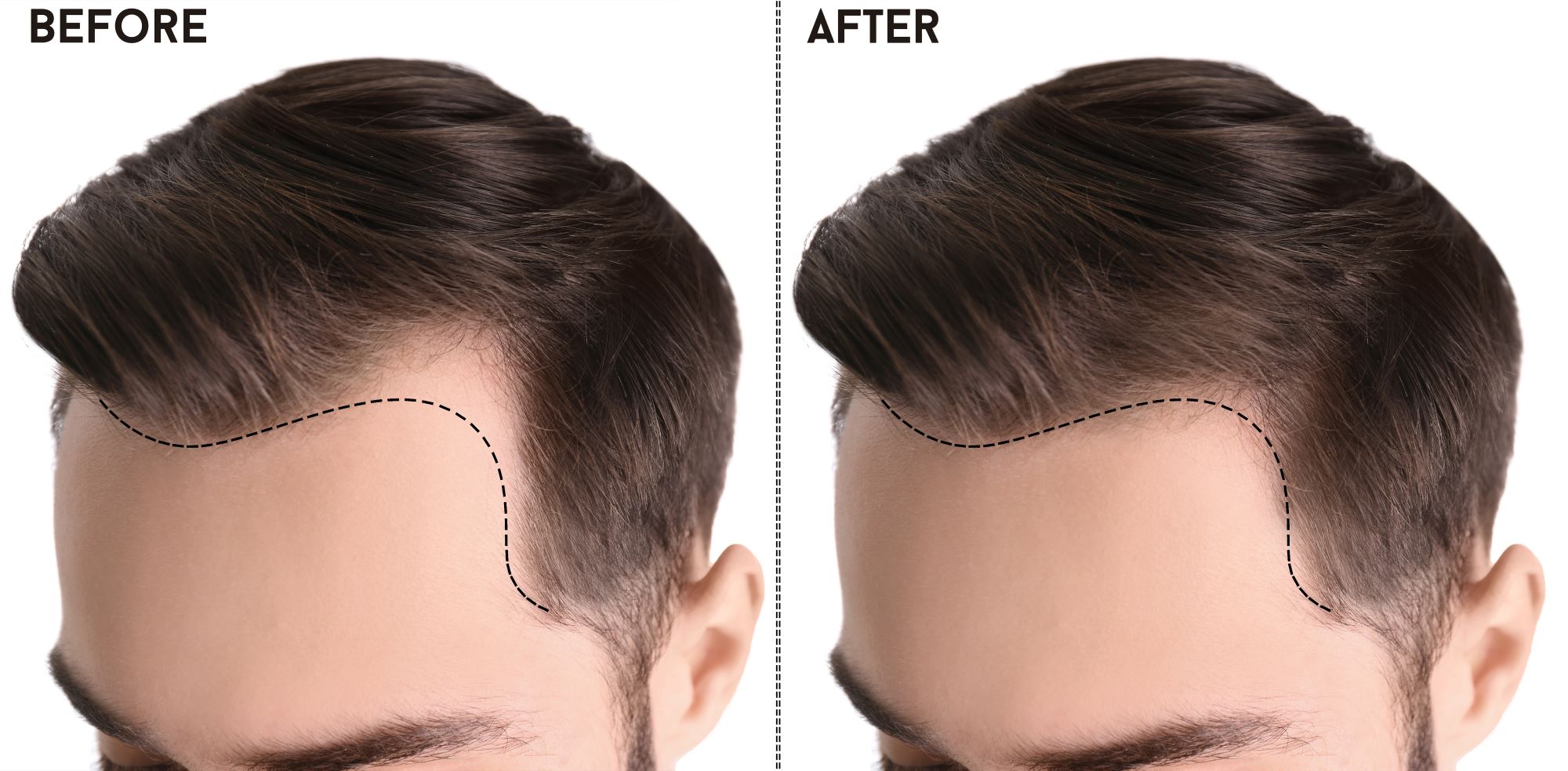When dealing with hair loss, many people feel a sense of despair and frustration. It’s understandable – the hair is often considered an essential aspect of appearance. As a solution, hair transplants have been growing in popularity in recent years, particularly the hairlines hair transplant.
Understanding the concept of a hairlines hair transplant is key to making an informed decision about this procedure. As the name suggests, this treatment method primarily focuses on the frontal hairline area. Its primary goal is to restore or redesign the hairline to provide a natural and aesthetically pleasing appearance.
A hairlines hair transplant can offer a renewed sense of self-confidence and a more youthful look to individuals suffering from hair loss. If you’re considering this treatment, here’s what you can expect.
- The Procedure
The procedure typically begins with a consultation with a professional who will assess your hair loss pattern and overall health. This meeting can help determine your suitability for a hairlines transplant and set the framework for your personalized treatment plan.
Once you have a plan in place, the surgeon may conduct the procedure using one of two primary methods: Follicular Unit Transplantation (FUT) or Follicular Unit Extraction (FUE). Both methods involve the removal of hair follicles from a donor area, usually at the back of the head, where hair growth remains robust, and its transplantation to the thinning or balding hairline.
Generally, FUT involves removing a strip of skin with hair follicles, which are then divided into individual grafts for transplantation. In contrast, FUE involves extracting individual follicles one by one, which are then implanted directly into the target area. However, you should know that your choice between FUT and FUE will depend on your hair loss pattern, overall health, and personal preference.
To help you choose between these transplant methods, you may check out credible websites and other online resources for more information. If you want more accurate results, you can open your favorite search engine and search for the topic using keywords like ‘hair transplant hairlines.’ You can also consult a professional in your area for more valuable advice.

- Recovery Time
Whether it’s FUT or FUE hair transplant, the recovery time after the procedure can vary, depending on some factors, such as the individual’s health and the method used. Most individuals can return to regular activities within a week following the surgery.
Patients may experience minor discomfort, redness, or swelling in the treated areas in the first few days following the procedure. However, these symptoms typically fade within a few days and can be managed with over-the-counter pain relievers or medications the doctor prescribes.
- The Results
Patience is key when anticipating the results of a hairlines transplant. Hair growth following this procedure may begin after three to four months, with significant improvement visible around six to nine months after the procedure. Full results are typically seen 12 to 18 months after the operation.
Additionally, it’s important to note that the success of the transplant relies heavily on the skill of the surgeon and the overall health and age of the patient. As with any medical procedure, results may vary from person to person.
- Side Effects And Risks
Every surgical procedure, including a hairlines hair transplant, carries some risks. Potential side effects may include infection, bleeding, scarring, and unnatural-looking hair growth. However, these risks can be minimized when an experienced and skilled surgeon performs the procedure properly.
In some cases, a phenomenon called “shock loss” may occur, where newly transplanted or surrounding hairs fall out shortly after the procedure. This is temporary as the hair usually regrows within a few months.
- The Cost
The cost of a hairlines hair transplant can vary widely based on several factors such as the extent of hair loss, technique used, type of procedure, grafts needed, clinic location, and surgeon’s reputation. Often viewed as cosmetic, the procedure might not be covered by insurance, making it vital to consider all cost elements.
To potentially reduce expenses, consider asking about discounts, exploring financing options, or even traveling to a country where the procedure is more affordable. Always ensure the clinic’s credibility and gather multiple quotes for a comprehensive cost overview.
- Post-Procedure Maintenance
Care and maintenance following a hair transplant is relatively straightforward. The newly transplanted hair behaves like the natural ones and can be washed, combed, and trimmed as usual. However, proper care and a healthy lifestyle can improve the overall results and longevity of the transplant. For example, you should use a gentle shampoo and avoid scrubbing the incision sites. Refrain from wearing hats or other tight-fitting clothing that could pressure the incision sites.
Also, don’t do strenuous activities for at least one week after the procedure. Avoid sun exposure to the transplanted areas for at least one month. After the transplant, ensure that medications you’re taking don’t adversely affect your hair growth. For instance, steroids might cause hair loss
Conclusion
A hairline transplant can be an effective solution for those looking to restore their hairline, improve hair growth, and boost their self-confidence. It’s a procedure that can offer long-lasting, natural-looking results. By keeping the information mentioned above in mind, you can fully understand the process and the things you can expect from the procedure to make an informed decision. Ensuring you have comprehensive knowledge can help you embark on this journey confidently.
